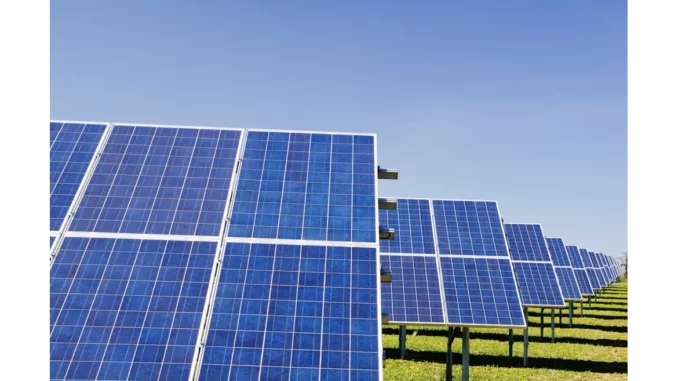
In the contemporary landscape of energy consumption, the term ‘energy efficiency’ has transcended its status as a mere buzzword, becoming a fundamental necessity. The global energy consumption figures are astounding, with estimates suggesting a consumption rate of approximately 580 million terajoules annually. This figure, equating to about 13,865 million tonnes of oil equivalents, highlights the urgent need for implementing efficient energy practices. As awareness grows concerning the environmental and financial implications of energy consumption, the ability to calculate energy efficiency accurately is increasingly vital.
Successful low-energy building design hinges on careful planning. Focus360 Energy can help.
Calculating energy efficiency is pivotal for identifying and addressing areas of energy wastage. In the United Kingdom, for example, businesses are confronting energy cost hikes of up to 90%, with the average commercial establishment wasting about 30% of its purchased energy. This inefficiency culminates in an extraordinary £33.9 billion in wasted energy annually. Similar inefficiencies are observed across the Atlantic in the United States. By honing in on energy efficiency calculations, businesses can optimise their energy usage, achieving significant reductions in cost and environmental impact. This investigative approach is not only fiscally prudent but also environmentally responsible.
A crucial first step in the journey towards improved energy efficiency is to evaluate the current state of your property’s energy consumption. This involves a meticulous assessment of the age and condition of infrastructure, including appliances, windows, and HVAC systems. Older systems are characteristically less efficient, and modernising these can lead to substantial energy savings. Even without extensive overhauls, transitioning to energy-efficient appliances can markedly decrease energy bills. Undertaking a comprehensive evaluation allows for informed decision-making regarding potential upgrades, thereby aligning energy consumption with eco-friendly practices.
Regional electricity rates play a significant role in the potential savings achievable through energy-efficient measures. In areas where electricity rates are notably high, such as the Northeast and Southern California in the United States, the financial benefits of energy efficiency projects are especially pronounced. By curbing energy consumption, businesses and homeowners in these high-rate regions can realise considerable cost savings. This regional variability underscores the importance of context-specific strategies when planning energy efficiency initiatives.
Governments and organisations worldwide are increasingly offering financial incentives to spur the adoption of energy-efficient measures. These incentives, which may include tax credits, rebates, or grants, effectively mitigate the initial costs associated with implementing energy-efficient solutions. By leveraging these financial supports, businesses and homeowners can make energy-efficient projects more economically viable. This not only accelerates the adoption of such measures but also enhances their financial attractiveness, thereby fostering a culture of sustainability.
Lighting represents one of the most accessible entry points for calculating energy savings, given its straightforward nature. The transition from traditional lighting to energy-efficient alternatives, such as LED technology, can yield considerable energy savings. To calculate these savings, one must undertake a series of methodical steps. Initially, essential data must be gathered, including the wattage of both the old and new lighting products, the operational duration of these lights, and the prevailing electricity rate. With this data, one can determine the energy savings per bulb by subtracting the wattage of the new bulb from the old. Subsequently, calculating the annual running time involves multiplying the daily operational hours by the number of days the lights are utilised annually. The total annual energy savings are then ascertained by multiplying the energy savings per bulb by the total annual running time, converting watts to kilowatts as necessary. Finally, the annual monetary savings can be calculated by multiplying the total energy savings by the electricity rate. This process not only quantifies the financial benefits of lighting upgrades but also underscores their potential environmental impact.
Drawing these elements together, calculating energy efficiency is an essential endeavour in the quest to optimise energy usage and minimise costs. By assessing a property’s existing efficiency, considering regional electricity rates, and capitalising on available financial incentives, businesses and homeowners can implement energy-efficient measures with significant cost benefits. Whether managing a commercial enterprise or a household, the commitment to calculating and enhancing energy efficiency contributes to a more sustainable, environmentally conscious future.


Be the first to comment